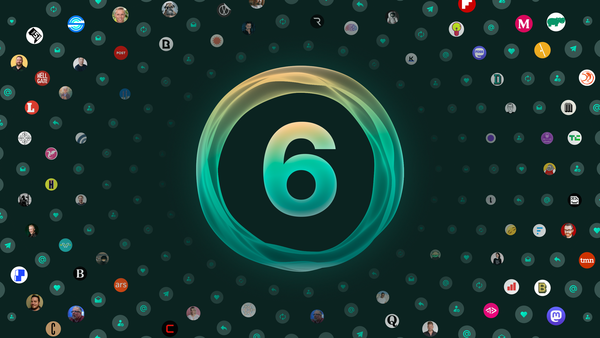Escaping The Duopoly: Top Best 5 Linux Smartphones Without Performance and Security Excuses
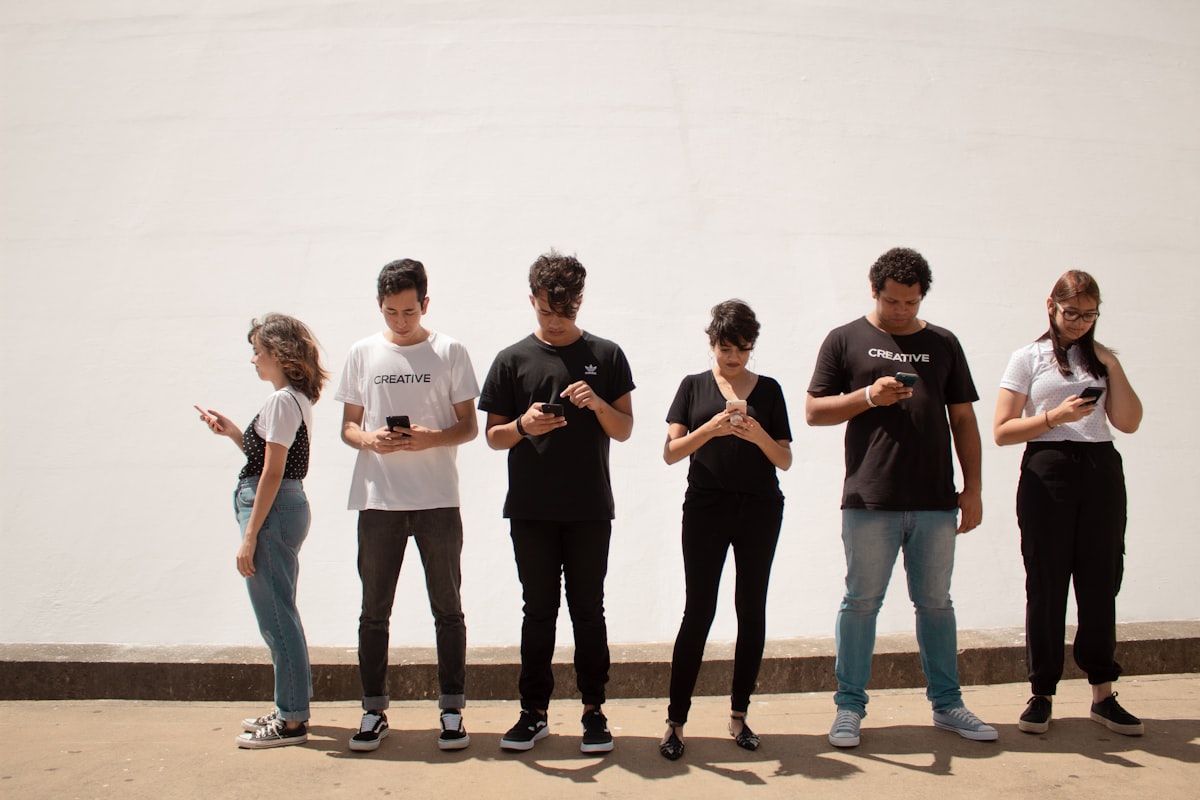
On November 8, 2018, Jeff Bezos, the multi-billionaire and owner of Amazon, received a message that changed his life: an uncovered affair, a divorce with over $20 billion in exit fees, and a lost reputation. What a significant loss! But we're not judging or even protecting Jeff for his moral fall, this post is about something radically different: can it all be avoided? Can an ordinary citizen - not a billionaire or cartel member - be sure not to get a message with Pegasus one fine day? Apple says "iPhone is safe!", but hundreds of their devices have been hacked by the Israeli virus.
World mobile market last 10+ years are in strange duopoly: iOS and Android, Apple and Google. Microsoft tried to jump into the ship, but failed. Funny enough, Google pays billions to Apple for the default search option. So what do we have? Google controls the search on 90%+ mobile platforms! If a user wants something, with huge amount of confidence Google will be the first to know about it. This is the crazy superpower and should not be concentrated into single company! But it's ok for anti-monopolists in most of the countries. Similar story in Web of browsers: Google has business relations with Mozilla and Firefox sent telemetry data to Google, even on first start.
Secure Android distributions like CalyxOS orCopperheadOS don't solve the problem because they have limited resources for patching and updating the huge Android source code. They traditionally target only small subset of Google Nexus or Pixel smartphones and this is not enough to be popular - just because Google Pixel sales are far from Samsung and iPhone.
Why is it so hard to get Linux on smartphones when it works fine on laptops, for example? The main problems are drivers: camera, GPS, LTE modems, etc. Many of them were never released for Linux, and the Android environment is different, so it's hard or nearly impossible to adapt them all for Linux.
There are many projects that have always tried and still try to jump into the mobile market: sometimes open source, sometimes closed. Time to talk about them.
Firefox OS, Open Source OS from Mozilla

Developed by Mozilla with heavy use of web technologies and Linux kernel. Has several devices for developers, nearly ten for users and has been ported to Android devices like Nexus 4, 5, 7, and Sony Xperia E, SP, T2 Ultra and Z3.
I personally tested it on Firefox's built-in simulator sometime in 2016 and 2017 - it was a very promising OS at the time, and some Linux users were running it as a daily driver. Several issues prevented Firefox OS from being a real competitor to iOS and Android:
- Poor sales and promotions - Mozilla management failed really hard.
- No flagship device capable of competing with other flagships - Geeksphone Keon, ZTE Open and Alcatel Onetouch were far from it.
- Android users don't like to install something like OS for dumbphones or late futurephones.
- App market is much smaller than in Android or iOS.
KaiOS
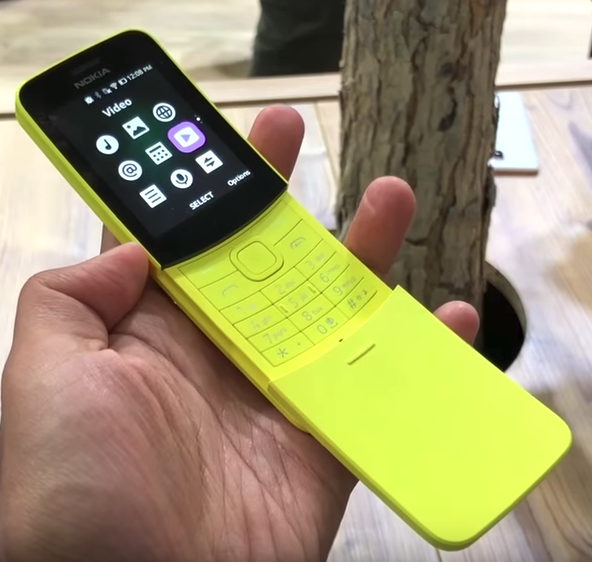
KaiOS - launched in 2017 as a reborn Firefox OS. Developed by the Hong Kong-based company of the same name with investments from Google, Reliance Jio (India) and TCL Holdings (China).
This time - limited success! Because much better marketing and positioning as dumbphone with 4G and Whatsapp works. Internet browsing is painful - believe me, I've tried it several times. For very young or old people, as a backup phone, for rural areas or extreme sports - this is ideal choice: why pay $500-800 for the phone when you can pay $50-80? It's 10 times difference!
It's also a great choice as a cure for Internet addicts - for those who watch news or ideal human bodies on Instagram 24/7. Yes, there's Watsapp and Youtube included, but... the usability is almost enough to get the job done.
The privacy aspect is complex because Google is an investor here and their services are pre-installed. It's risky to say it, but I guess the privacy level is the same as in general Chinese smartphone.
What the heck, let's take the cult status away from smartphones and put it on, say, a teapot. Do you remember which brand made the teapot? No? That's because teapots are not advertised as crazy as smartphones. And KaiOS is doing a good job exactly on this pattern.
Windows Mobile - Microsoft's attempt and failure to enter the mobile phone market
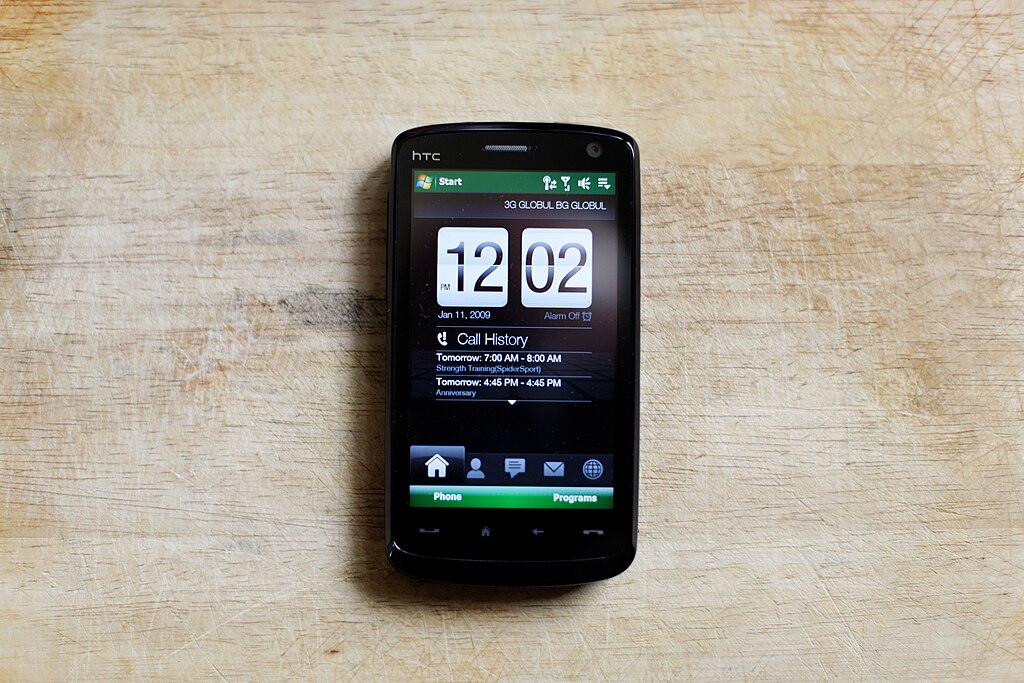
Microsoft has been making PocketPCs, often called PDAs - small tablet-like devices since the early 90s, their first smartphones were introduced in the mid 00s. They were popular, but people found out that GSM/2G/3G modems are cheap, and surprisingly migrated to Apple and Android devices. So MS had to do something, and they did. Their first devices had no touch screen at all and were optimized for one hand. Looks strange? Not at all, they positioned such devices as extension for laptops and desktops, while iPhone and iPad were designed to be independent devices. Still, they had limited success the first time around - 37% market share in the US in 2006 and 42% in 2007. Many manufacturers produced devices with Windows Mobile, but the most popular models were the HTC Touch and Nokia Lumia.
Nokia has special niche in this story. Microsoft bought Nokia's mobile device business in 2013 and many people still think MS had plans to kill Nokia. I'm skeptical about this 'cause it's was to costly and illogical. Seems like MS wanted to expand and strengthen their mobile business.
Why Windows Mobile failed?
- Slow marketing: they thought most people use Windows and will automatically buy Windows Mobile, but that's never happened.
- Design: too far from the best and feels like a desktop overhaul - hello, Metro. Also, the capacitive touch screen in Windows Phone 7 and the stylus in Windows Mobile 6.5 created tons of problems for developers and users.
- Strong competition from Apple and Google: for example, MS Youtube mobile app stopped working very often 'cause Google changed data formats on Youtube.
- Applications: many developers didn't want to join and write software for Windows Mobile because it was more profitable to write for iOS or Android.
- No backward compatibility: new OS is released, then users should buy a new device and throw the old one in the trash 'cause MS doesn't want to invest resources in software update.
Ubuntu Touch from Mark Shuttleworth
The project was launched in 2011 from the mark to announce: Ubuntu will support smartphones, tablets and smart TV, i.e. go the way of Apple: one OS for many different devices. It was a very cool and promising announcement, but as it often happens, something went terribly wrong.
Canonical announced the crowdfunding on Indiegogo website with the goal of $32,000,000 for just one month. The offered high-end smartphone prototype on that moment called Ubuntu Edge: 4 GB RAM, 128 GB storage, 4.5" display, 8 MP camera optimized for low-light photography etc. Dual boot with Android and Ubuntu was also announced.
And the crowdfunding failed, they got almost $13 million - not a bad result, but definitely not enough. Personally, I think the community expected Mark to get that money and many people refused to believe in crowdfunding with that much money.
But the story of mobile Ubuntu isn't over yet - Canonical is no longer interested in the project, but released the source code and enthusiasts picked it up. This is the strong side of open source: release the code under an open license and someone else will pick it up.
The Escape - where to go
PostmarketOS
Ubuntu members were not only one interested in mobile Linux, PmOS are "sick of the walled gardens deeply integrated into Android and iOS." PostmarketOS shows us all - it's possible to achieve great results without millions of dollars funding. Their secret is simple: use modern Linux kernel and software stack everywherever it possible and port them. They also provide the good porting guide for newcomers, who want to run Linux on their devices. The list of supported devices is very big, the most popular of course are market leaders: Samsung and Xiaomi. Many devices aren't capable of make phone calls or sent SMS, but I like their way of working: let's test all hardware what we can and then fix it. In addition to smartphones, they also supports ARM Chromebooks and Tablets.
Ubports - ex Ubuntu Touch
When Ubuntu decided to go away from Ubuntu touch, the project was reborned by independent group of developers under new name, but still based on Ubuntu and run by independent Ubports Foundation. The goal is very similar too - the operating system which should respect the user's freedom and privacy, be developer-friendly and secure, and offer convergence. Ubports supports small subset of devices in comparison to PostmarketOS, but there's not a problem to find them on eBay or another marketplaces, or even buy it directly from hardware manufactures like Fairphone. Ubports use libhydris - library that allows to use Android bionic-based HW adaptations in glibc Linux systems.
Ubports also have business support - companies like Volla, FXP and Fairphone offer smartphones with Ubuntu as part of their business advantage. There have been similar deals with Meizu and Spanish vendor BQ.
Droidian
Droidian is very similar to Ubports, it also uses libhydris and supports similar devices. Some supported devices aren't available in Ubports list, for example Sony Xperia 1. Their main goal is to bring Debian to mobile devices, but seems like the project isn't officially affiliated with Debian.
In addition, Droidian uses Phosh (Mobile GNOME shell) instead of Ubuntu touch. According to their Mastodon page, Droidian also supports dual bool with Android.
What to buy to try for Linux on smartphones
Fairphone 4
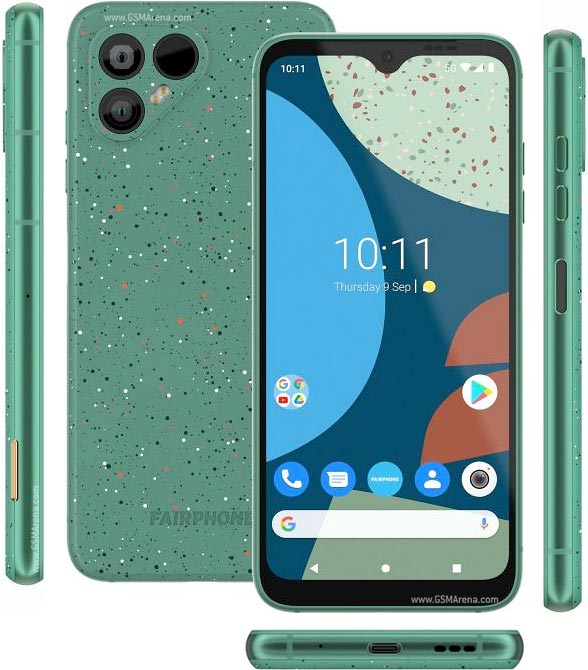
- CPU: Snapdragon 750G 5G (2x2.2 GHz & 6x1.8 GHz)
- GPU: Adreno 619
- Memory: 128GB 6GB RAM, 256GB 8GB RAM
- Display: 6.3" IPS LCD, 1080 x 2340 pixels
- Network: 2G-5G
- Battery: Li-Ion 3905 mAh, removable
- OS support: Ubports, PostmarketOS
- Price: official website - €529.00, Amazon - $729, eBay - from $714
Fairphone 4 has a modular design, easy repairability, and a five-year warranty. The phone has a large 6.3-inch display, 6 or 8GB of RAM, and a choice of 128GB or 256GB storage, which can be expanded with microSD card. It features a Qualcomm Snapdragon 750G processor, built on 8nm technology, and ethically sourced materials. The phone has a IP54 rating for dust and water resistance and supports 20W fast charging. Overall, the Fairphone 4 is a sustainable and capable smartphone with modern features, but it may not be perfect in terms of performance - if you want the fastest Snapdgragon CPU, just pick something else.
The Fairphone's design is considered modular and repairable because it has a removable back panel that allows ordinary users to access the phone's internal components, such as the battery and RAM, without the need for specialized tools or technical knowledge. Additionally, Fairphone company offers a five-year warranty for the phone and plans to provide replacement parts until at least 2027, which strongly highlights the company's commitment to repairability and sustainability.
The Fairphone's use of eco-friendly materials has a positive impact on the environment. The use of ethically sourced materials helps to ensure that the mining of these materials is done in a responsible and sustainable manner, with fair labor practices and minimal environmental damage. This can help to reduce the negative impacts of mining on local communities and ecosystems. Additionally, the use of recycled materials in the phone's construction helps to reduce electronic waste and the demand for most used resources. Overall, the Fairphone 4's design and materials choices reflect a commitment to sustainability and ethical practices, which can have a positive impact on the environment and society.
The Fairphone 4 has an IP54 rating for dust and water resistance, which means it can withstand being used in rainy conditions but not full submersion. However, it's important to note that the phone's repairability and warranty may be affected if it's exposed to water for extended periods.
PinePhone Pro

- CPU: Rockchip RK3399S (2 x A72 and 4x A53 CPU cores @ 1.5GHz)
- GPU: ARM Mali T860 4x core GPU @ 500MHz
- Memory: 4GB LPDDR4, 128GB eMMC, SDCard slot.
- Display: 6″ 1440x720 IPS
- Network: GSM/CDMA/LTE
- Battery: Samsung J7 form-factor 3000mAh, removable
- OS support: tons of, almost every top Linux distributions has builds for
- Price: official website - $399
The PinePhone Pro is another smartphone designed for Linux, that's an upgrade from the original PinePhone. It has a faster processor, more memory, and improved storage. The display is larger and has Gorilla Glass 4 for scratch resistance. The cameras have been upgraded, and the device will be available for pre-order soon. The price is $399. The original PinePhone will still be supported, but it cannot be upgraded to the PinePhone Pro's mainboard. The display resolution 1440x720 is a bit small for 6" display, but it will earn some additional battery life.
The hardware privacy switch is super cool, it supports several switches:
- Modem
- Wi-Fi/Bluetooth
- Microphone
- Rear camera
- Front camera
- Headphones
This is unbeliavably good in comparison with modern smartphones!
The manufacturer's warning: if you want to play DRM-protected videos or mobile games, this smartphone isn't the ideal choice.
OnePlus 6
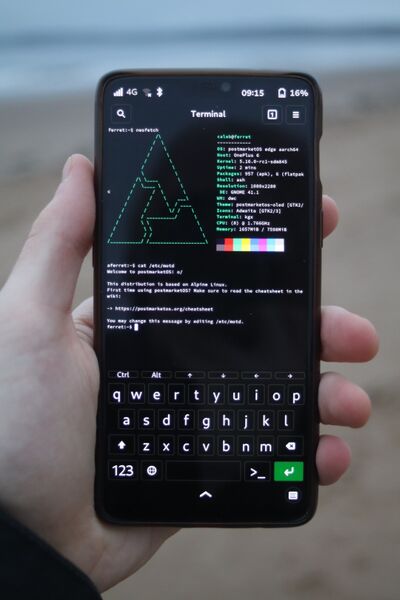
- CPU: Octa-core (4x 2.8 GHz Kryo 385 Gold & 4x 1.7 GHz Kryo 385 Silver)
- GPU: Adreno 630
- Memory: 6/8 GB RAM, 128 GB storage
- Display: 6.28" 1080 x 2280 19:9 Optic AMOLED
- Network: GSM / CDMA / HSPA / LTE
- Battery: Li-Po 3300 mAh, non-removable
- OS support: PostmarketOS
- Price: eBay - from $110
The OnePlus 6 is a high-end smartphone that was released in May 2018. The smartphone has a glass sandwich design with a 6.28-inch AMOLED display, which giving it a premium look and feel. The phone is available in three colors: Mirror Black, Midnight Black, and Silk White.
The OnePlus 6 is powered by a Qualcomm Snapdragon 845 processor with 8 cores, which provides fast performance and efficient battery life. It also comes with up to 8GB of RAM and 256GB of internal storage.
Dual camera setup with a 16-megapixel primary sensor and a 20-megapixel secondary sensor. The camera performs well in daylight conditions, but struggles in low light.
The OnePlus 6 runs on OxygenOS 5.1 based on Android 8.1 Oreo, which can be update to Android 11. The PostmarketOS support is great, the one and only problem is camera.
The device has a 3300mAh battery that provides all-day battery life. The phone also supports powerful Dash Charge, which can charge the battery to 60% in just 30 minutes.
Overall, the OnePlus 6 is a great option for those looking for a high-end smartphone with premium features, fast performance and Linux support. However, the camera could be better, and the lack of wireless charging may be a drawback for some.
Volla Phone X23 - Made in Germany
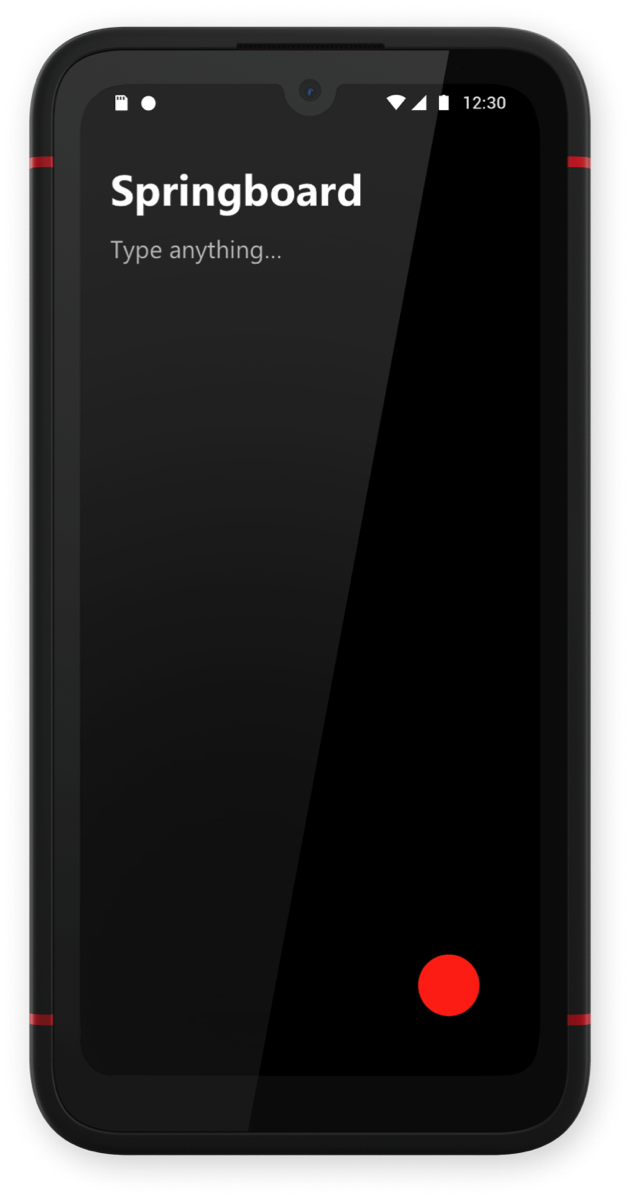
- CPU: MediaTek Helio G99 8-core (2xA76 2.2 GHZ + 6xA55 2 GHz + )
- GPU: ARM Mali-G57
- Memory: 6 GB RAM + 128 GB storage and SDcard slot
- Display: 6.1" 1560x720 IPS
- Network: GSM / CDMA / HSPA / LTE
- Battery: 5000 mAh, non-removable, fast charging up to 30W
- OS support: VollaOS, Ubuntu Touch - all Google free
- Price: official website - €564
The Volla Phone X23 is a rugged smartphone with a choice of Ubuntu Touch or Volla OS, both of which are Linux-based operating systems. The Ubuntu Touch support is provided by Volla developers out the box. It has a 6.1-inch HD+ display, a MediaTek Helio G99 processor, 4GB of RAM, and 64GB of storage. The phone also features a user-replaceable battery, a headphone jack, and is IP68 rated for water and dust resistance.
The phone's unique features, such as data encryption and the ability to run desktop Linux apps with Ubuntu Touch, seems very impressive. However, some features may vary depending on the operating system you choose.
Overall, the Volla Phone X23 seems to be a solid choice for those looking for a rugged smartphone with a unique operating system and features.
Sony Xperia 1
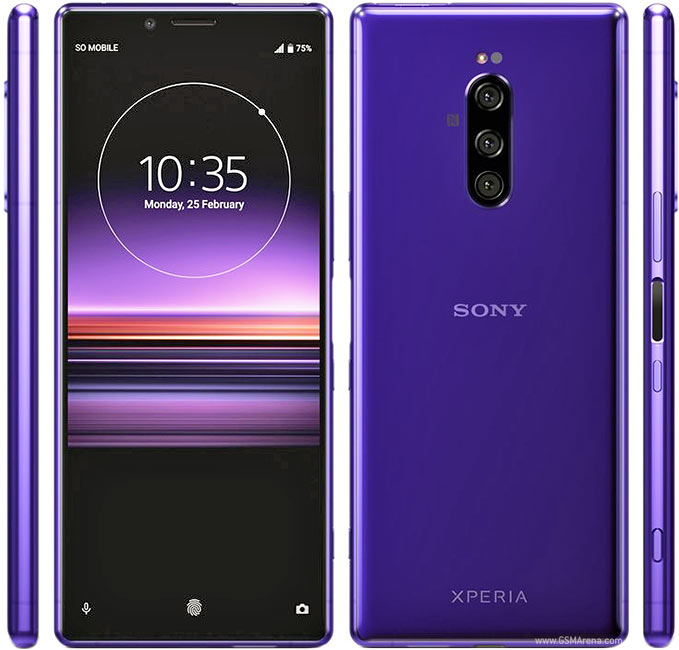
- CPU: Snapdragon 855 Octa-core (1x2.84 GHz Kryo 485 & 3x2.42 GHz Kryo 485 & 4x1.78 GHz Kryo 485)
- GPU: Adreno 640
- Memory: 64GB 6GB RAM, 128GB 6GB RAM with card slot
- Display: 6.5" 1644 x 3840 OLED, HDR BT.2020
- Network: GSM / CDMA / HSPA / LTE
- Battery: Li-Ion 3330 mAh, non-removable, PD2.0
- OS support: Droidian
- Price: eBay - from $180
This is the smartphone from world class company, equipped with a 21:9 aspect ratio display and advanced features for recording and watching movies. The phone has a sleek design and a powerful chipset, but the display's max brightness is a letdown. The phone's camera app has ability to record wide 21:9 4K footage.
The battery life is slightly below average, and the phone's camera features are described as good but not great. The phone lacks wireless charging and has limited camera features compared to other premium phones.
The phone's interface is stock Android 9, which is easy to navigate and reliable, and can be updated to Android 11. The Droidian support is good, however it lacks the camera support for now. The fingerprint sensor can be unreliable and only works successfully about 40% of the time. The phone is also great for gaming, with 21:9 mobile games available and a cutting-edge chipset that delivers smooth performance. The audio quality is good, but music is only played through the bottom speaker, which can be a drawback - it's obvious to expect dual speakers at this price. Overall, the Sony Xperia 1 is a good choice for those looking for a high-end smartphone with a focus on entertainment.
Final note
We all just need a convenient smartphone, with an open source OS, long-term updates and without privacy issues. Is that the big goal? Yeah, there are people interested in making it happen - join them in any way you can!




